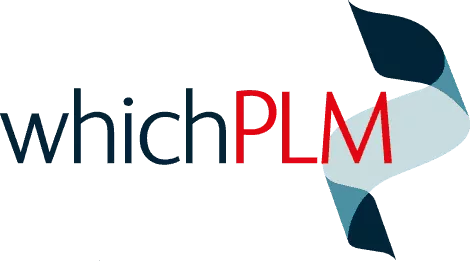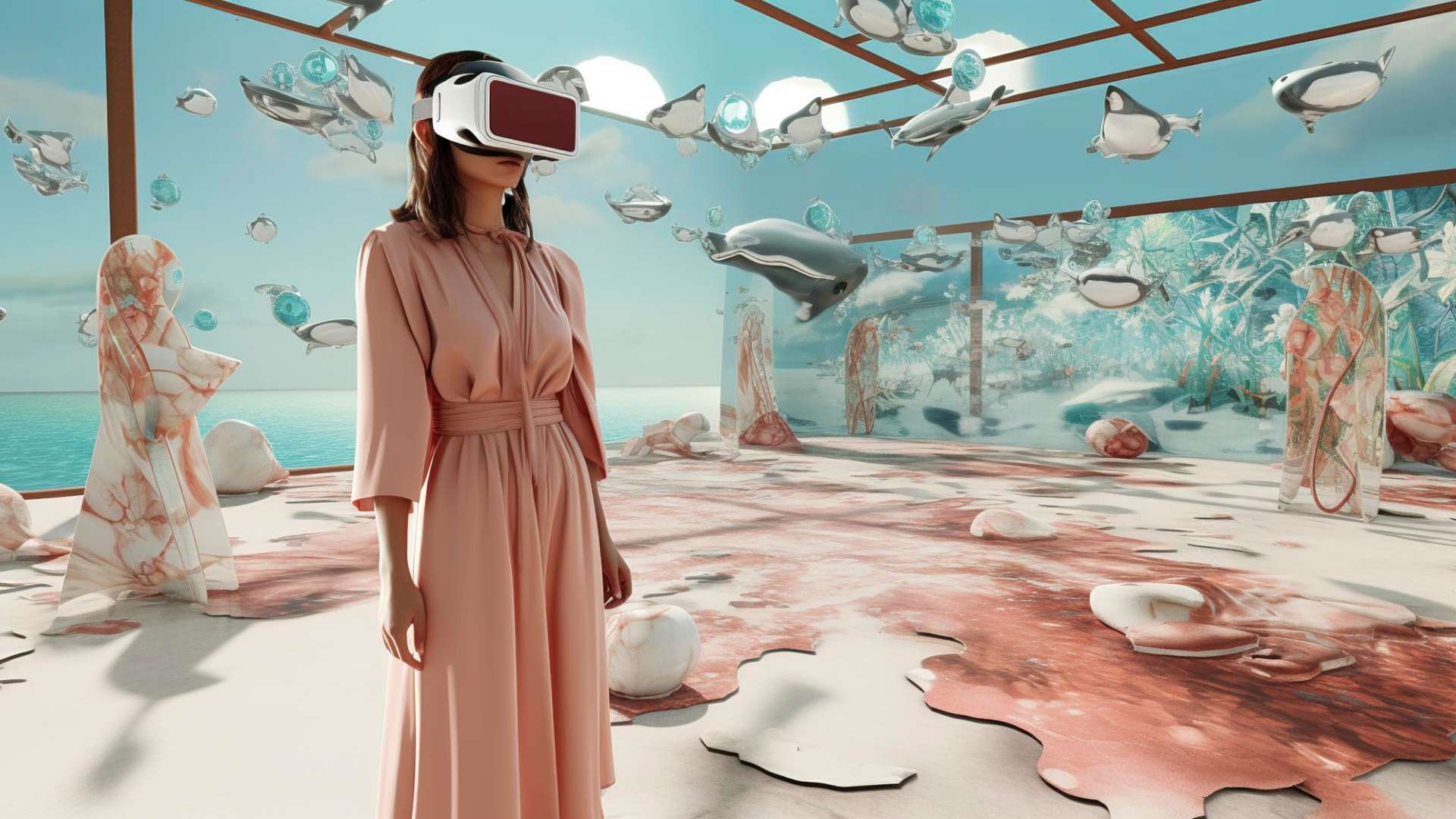
In his third exclusive this year, our Founder & CEO, Mark Harrop, builds on his last piece about the future of fashion. Spanning a more than four-decade long career in fashion, he continues to draw on the previous digital innovations our industry has seen.
“If you don’t know where you’ve come from, you don’t know where you’re going?” – Maya Angelou
Digital developments in fashion kicked off almost four decades ago when Gerber Technology acquired the AM-1 CAD system from the Hughes Aircraft Company. This system was the basis for a next generation apparel CAD system: the Gerber AM-5.
Interestingly, just a couple of short years later employees from Hughes Aircraft & Bell Labs founded MicroDynamics, directly competing with Gerber Technology. They delivered the next generation fashion 2D apparel and textiles CAD and 2&3D FDS (Footwear Design Systems) solutions using the world’s first for-fashion colour graphics-based CAD systems, operating on the IBM XT personal computer. At the same time Lectra Systems, came to the world of fashion with card pattern cutting systems. It was an extremely revolutionary time for innovation with new competitors in the CAD/CAM market springing up year on year.
My involvement in digital fashion began on the factory floor in the late ’70s, when we introduced the Commodore Pet to help machinists support training, productivity and WIP (Work in Progress). Since, I’ve seen retailers, brands and manufacturers following a fragmented point solution approach to digital business efficiency. At least back then we had no alternatives as the MRP (Material Resource Planning), ERP and CAD/CAM solutions in the main operated as closed systems with no real ability to connect and share data between them.
The introduction of computerisation was driven by businesses focused only on solving one problem at a time, with no regard to how the data (inputs and outputs) could potentially be linked to other digital solutions within a business. In other words, digital problem-solving in the early days of computerisation related to solving problems on a per department basis (Merchandising, Sales, Operations, Design, Cutting, Costing, Manufacturing, Distribution, Finance and Accounting). And at this time most manufacturing was undertaken in local factories; the idea of offshore manufacturing was still ten years away for the majority of businesses.
Traditionally both retail and manufacturing operated on mainframes and midrange that started in the mid-1960s. Over the next couple of decades, personal computers started to replace the then dumb terminals connected to these mainframes. The improved computing capacity of personal computers was largely ignored or used on an individual level. With so much computing power idle, many organisations started to rethink the model and considered sharing, or splitting, some of the processing demands between the mainframe and the new PCs. This was the start of the client server technology era that really got going in the mid-1980s. If you think about it, the internet is also a great example of a client server technology. The Internet is the server and your PCs are the clients and requests are sent by each of us to the server. The Internet server then searches for the subject and provides us with options. Hence, the Internet is a huge collection of servers that responds to various types of clients.
Who needs information, anyway?
Who needs information, anyway? was the title of a PDM brochure introducing the first PDM system from Microdynamics IIS (Integrated Information Systems) in the ‘80s, with one of the first central database technologies enabling information coming from pattern design, grading and marking systems. PDM continued to be developed over the next 15 years – around the same time retailers, brands and local manufacturing continued its drive to move production offshore, meaning that communication and supply chain partner collaboration was yet another new digital requirement. So, to support this continued move in the early part of the millennium, PLM came to market at a time when the Internet was maturing. This is when the fashion sector started to look beyond solving departmental issues and moving toward solving the challenge of connecting the end-to-end value chain.

What was once considered a dream – back in the early ‘80s when Unix marketed the term Open Systems concept, followed by IBM and HP in the late ’90s with Open Source – is now the reality of the 21st century.
The new world of open systems, interoperability, portability, and using open software standards that can also refer to specific installations configured to allow unrestricted access by people and/or other computers via open APIs (Application Programming Interface) are now driving the new era of digital transformation. Today’s digital transformation gives businesses the potential to go beyond integrating every solution and function within their businesses; it allows them to streamline end-to-end solutions to reach internal and external partners to deliver real-time data connectivity and, at the same time, maximise the overall ROI (return on investment) by a reduction in redundant data inputs and outputs.
A new phase of digital transformation
Today we’re talking way beyond integration in the enterprise and partners to include consumers (data) driven by social media, analytics, AI (Artificial Intelligence), ML (Machine Learning) and cloud technologies – all helping to drive a new phase of digital-driven consumer and business transformation.
We are also in a new phase of digital transformation that is being driven by the growth of the Internet of Everything (IoE), wearables, AI, ML transformation and the continued connectivity and convergence of hardware, solution applications and services. These technology platforms will completely change the dynamics of the way we connect the businesses of tomorrow and how we engage with customers on an individual level rather than continuing with the bulk production models of the past.
Analytics that process both internal and external data are providing the intelligence to enable designers to focus on real-time trends that can be integrated directly with virtual design and 3D development solutions.
Elements of IoT (Internet of Things) – including mobile operations, hardware, smart devices, sensors, smart systems, and robotics – are part of the next phase of digital transparency and transformation in the fashion sector and a real source of opportunity for retailers, brands and manufacturing partners. They enable ubiquitous and real-time interactivity, both in the upstream and downstream supply chains.
Surprisingly, it’s still not uncommon for fashion businesses to be looking to solve one problem at a time or to undertake a project that drives them to a single point solution, rather than standing back and looking at the big picture!
Today it’s critical for all businesses that they should look at the big picture of end-to-end integration and collaboration and consider what’s driving the business toward certain digital technologies. Then, step back and take a strategic view rather than a tactical reaction to fixing one problem at a time.

Companies are looking beyond their businesses and their supply chain partner integrations and have to factor in a new phase of digital integration and transformation projects linked to their customers who are playing a major part in our industry.
The primary drivers for digital transformation are mostly either significant opportunities or existential threats to the current business model. And the opportunity, or existential threat, that these changes represent the focus for strategic C-Level leaders and their visionaries who are considering the future of their organisations.
The key is to find the right balance between replacing one-off point solutions that will deliver quick results linked to short-term innovative improvements, and building the solid foundation for a digital transformation project that operates across the entire value chain.
We have arrived at yet another exciting chapter of digital transformation – which is a main reason that this year’s Buyer’s Guide goes way beyond the traditional landscape of pure PLM to include an expansive array of digital solutions that are being connected, solution by solution!





